Everyone loves lawns. They are places where you can play tag, toss a ball, take a walk, rest or hold outdoor gatherings. Lawns can be created either with a single species of grass or a mixture of various species of grass. Lawn grasses are broadly divided into two groups: warm-season grasses and cool-season grasses.
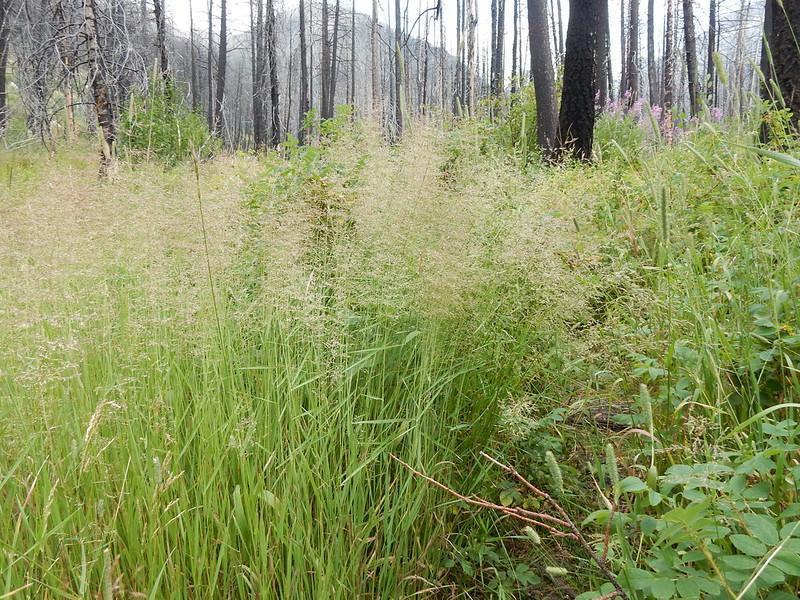
Warm-season grasses require warmer days and nights to survive; hence they are often planted in the fall and early winter months, while cool-season grasses are generally planted in the fall and early winter months since they grow best during the cold months.
A perfectly manicured green grass is the ultimate aim of any yard. However, some grasses may naturally turn brown during the winter and enter dormancy. There is, however, no cause for concern. Such a situation can be simply fixed by planting winter grass.
In this article, we will cover everything you need to know about winter lawns, grasses that are the most winter-hardy, and which you should use in your yard.
Winter Grasses | Things To Look For!

Before we discuss various types of grass that can be planted and do well in winter, let’s just quickly learn the critical facts about winter grass. Perhaps, the most challenging aspect of growing winter grass is determining the proper timing.
This seed needs to be sown when the nights are cool enough to prevent your warm-season grass from competing, but the days should be warm enough for the winter grass to flourish.
Also, if you sow too late, grass seeds won’t have enough time to establish themselves and will be killed by the winter frost. Finally, it is best to avoid overseeding a warm-season lawn with winter grass in certain circumstances.
For instance, regions with water constraints are not excellent places to plant winter grass because the grass will dry out too quickly.
Nevertheless, here are the two main factors you need to look for when planting winter grass to obtain the desired results and ensure healthy grass growth.
Location
There are numerous turfgrass species and subspecies available from which to choose. While some turfgrasses thrive in particular geographic regions, others can be sown over the entire region.
Take into account your geographic area while deciding on the specific winter grass species to make the right choice. Be aware that there are also regional variations in the environmental and soil conditions.
Climate
When selecting species of grass, the climatic parameters of the area where the grass will grow must be taken into consideration. Bentgrasses, for instance, have a high endurance for ice and other types of physical stress; nevertheless, they are still susceptible to snow molds.
The fine fescues, on the other hand, have a lower resistance to suffocation, but they have a higher resistance to winter lawn diseases.
Best Grasses For Winter
The following are the best types of grasses that grow in winter and do well. Many even serve a dual purpose: luring birds to your winter garden and giving them refuge and food.
Kentucky Bluegrass
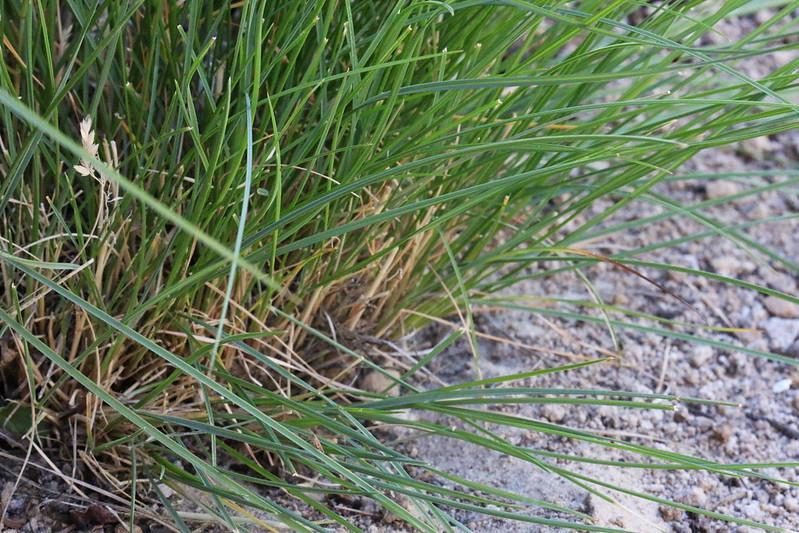
Kentucky bluegrass is often associated with the perfect lawn among American lawn owners. This grass creates a dense, rich, long-lasting lawn that lives up to its reputation when provided with its optimal growing circumstances and the necessary maintenance.
However, keep in mind that even though Kentucky Bluegrass has excellent cold tolerance, its heat tolerance is relatively low and only has a moderate drought tolerance.
| Common Name | Kentucky Bluegrass |
| Botanical Name | Poa pratensis |
| Hardiness Zones | 3 to 9 |
| Ideal Mowing Height | 2.5 to 3 inches |
| Mature Size | 18 to 24 inches |
| Native Areas | USA, Canada and Mexico |
| Plant Type | Cool-Season Perennial |
| Shade Tolerance | Moderate |
| Soil pH | 6.5 and 7.2 |
| Soil Type | Well-drained, moist, fertile |
Tall Fescue
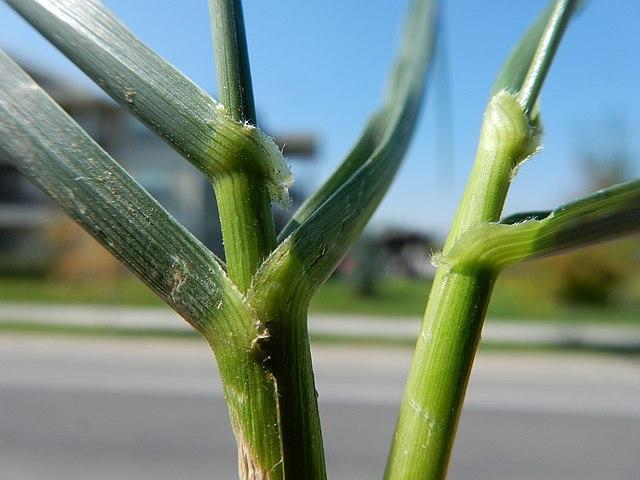
Tall fescue is prized for its capacity to flourish in various conditions and for tolerating cold, heat, drought, and shade well. It offers lawn owners outstanding possibilities for enhancing the resilience and endurance of their lawns in their preferred growing zones.
Tall fescue can be a fantastic choice based on where you live and your objectives for the yard. The leaves are broad grass blades with a dark green tint that persists even in winter.
| Common Name | Tall fescue |
| Botanical Name | Festuca arundinacea |
| Hardiness Zones | 4 to 7 |
| Ideal Mowing Height | 2 to 3 inches |
| Mature Size | 4 to 12 inches |
| Native Areas | Europe |
| Plant Type | Cool-Season Perennial |
| Shade Tolerance | Excellent |
| Soil pH | 5.5 and 7.5 |
| Soil Type | Does best in clay soils |
| Water Requirements | 1 inch of water every week |
RELATED: Fescue Grass 101 | Types, Best Time To Plant, Benefits & Much More!
Perennial Ryegrass
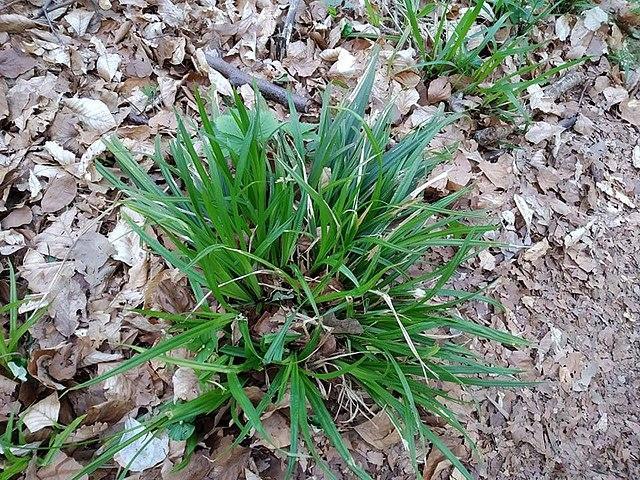
It only takes about 21 days for perennial Ryegrass to grow from scattered seed to a mowing-ready lawn. Since it germinates quickly, perennial Ryegrass is a nursing grass frequently included in grass seed blends.
Thus, by germinating quickly, Perennial Ryegrass offers shade and protection to other grass species. Ryegrass grows best in the early fall or spring, but you can overseed it all year round.
| Common Name | Perennial Ryegrass |
| Botanical Name | Lolium perenne |
| Hardiness Zones | Zone 3 |
| Ideal Mowing Height | 1 1/2 to 2 1/2 inches |
| Mature Size | 0.2 to 0.3 inches |
| Native Areas | Europe, temperate Asia, and North Africa |
| Plant Type | Cool-Season Perennial |
| Shade Tolerance | Moderate to High |
| Soil pH | Between 6.0 and 7.0 |
| Soil Type | Fertile, well-drained soils |
| Water Requirements | 1 inch of water every one to two weeks |
Fine Fescue
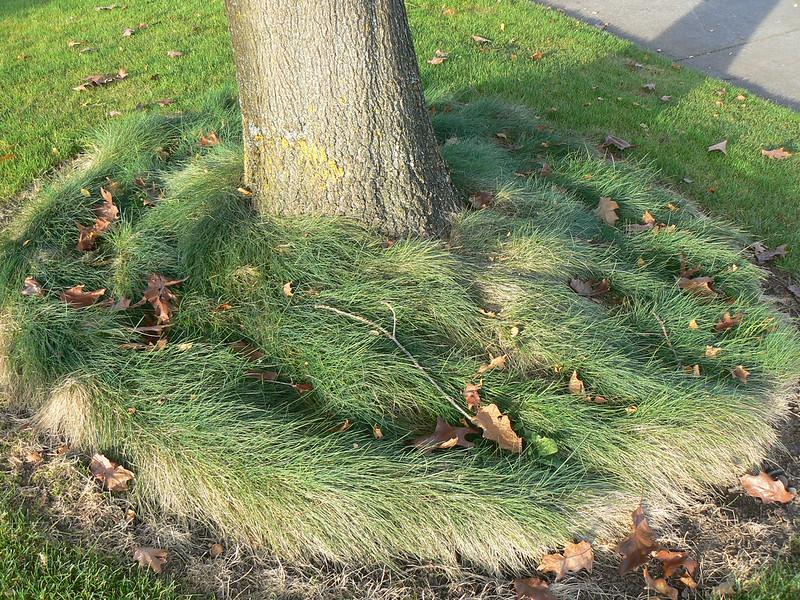
There are several varieties of fine fescue grass, including hard fescue, creeping red fescue, chewings fescue, and sheep fescue grass. Except for creeping red fescue, all fine-leaf fescues are bunch-type grasses.
Fine fescues are frequently combined with tall fescue to improve performance in shaded locations because of their exceptional shade tolerance and capacity to recover from stress. A healthy fescue grass maintains most or all of its dark green hue throughout the winter.
| Common Name | Fine Fescue |
| Botanical Name | Festuca arundinacea |
| Hardiness Zones | Zone 4 |
| Ideal Mowing Height | 1 to 3 inches |
| Mature Size | 2.5 to 4.0 inch |
| Native Areas | North America, Europe, and the United Kingdom |
| Plant Type | Cool-Season Perennial |
| Shade Tolerance | High |
| Soil pH | 6 to 6.5 |
| Soil Type | Sandy and rocky to clay soi |
| Water Requirements | 1 inch of water per week |
Creeping Bentgrass
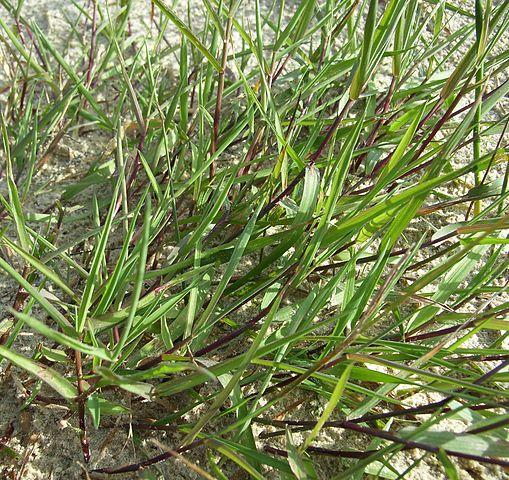
Creeping Bentgrass is a specialty grass that grows best during the cool season and is most often used for putting greens on golf courses, lawn bowling greens, and other sports turf settings.
However, because of the skill and expense needed to maintain this species, it is usually not considered a suitable home lawn turf. It thrives in temperate climates with high relative humidity, likes the sun, and can even survive in partial shade.
| Common Name | Creeping Bentgrass |
| Botanical Name | Agrostis stolonifera |
| Hardiness Zones | 3 to 6 |
| Ideal Mowing Height | Between 0.5 and 0.125 |
| Mature Size | 8 inches tall |
| Native Areas | Eurasia and northern Africa |
| Plant Type | Cool-season Perennial |
| Shade Tolerance | Moderate |
| Soil pH | 5.5 to 6.5 |
| Soil Type | Damp, moist, and well aerated |
| Water Requirements | Three times per week |
Velvet Bentgrass
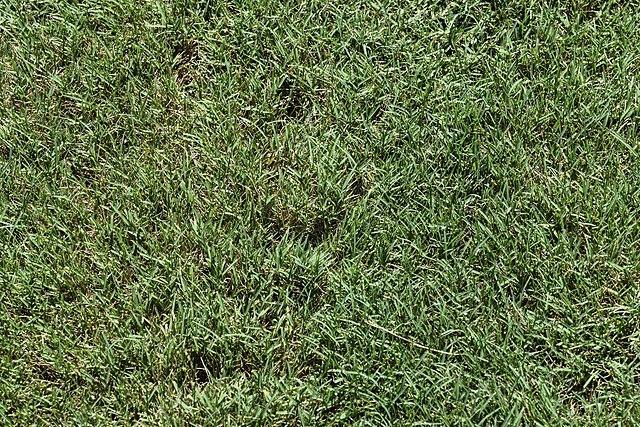
The Winter hardiness of Velvet Bentgrass has been evaluated multiple times. If you’ve ever been to a golf course, you’ve probably seen and even walked on his grass at some point.
During scientific research, velvet bentgrass emerged as one of the few species with a strong capacity for withstanding the effects of winter stress. However, it may be susceptible to various diseases while it is growing.
| Common Name | Velvet Bentgrass |
| Botanical Name | Agrostis canina |
| Hardiness Zones | 3 to 6 |
| Ideal Mowing Height | 0.5 cm |
| Mature Size | 1 to 2 cm |
| Native Areas | Throughout Washington |
| Plant Type | Cool-season Perennial |
| Shade Tolerance | High |
| Soil pH | Between 6.0 and 6.5 |
| Soil Type | Acidic |
| Water Requirements | Light and frequent |
Chewings Fescue
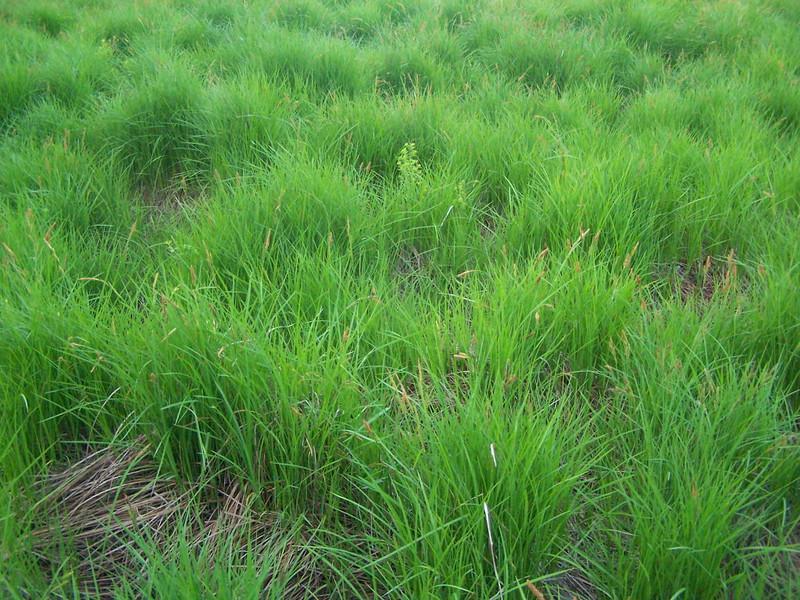
Chewings fescue is an aggressive, bunch-type fine fescue with the ability to overtake other vegetation, which is advantageous if you wish to smother weeds. It is occasionally used to overseed shaded lawns due to its strong shade tolerance.
Chewings fescue grows well in cooler climates such as the northern United States and other places where summers are cool. It fits well with the sandy, acidic, and frequently infertile soils.
| Common Name | Chewings Fescue |
| Botanical Name | Festuca rubra commutata |
| Hardiness Zones | 3 to 7 |
| Ideal Mowing Height | 2 to 3 inches |
| Mature Size | 2.5 to 4 inches |
| Native Areas | Europe and New Zealand |
| Plant Type | Cool-season Perennial |
| Shade Tolerance | High |
| Soil pH | 4.5 to 6.5 |
| Soil Type | Sandy, acidic, and often infertile soils |
| Water Requirements | 1 to 1.5 inches of water per week |
Annual Meadow Grass
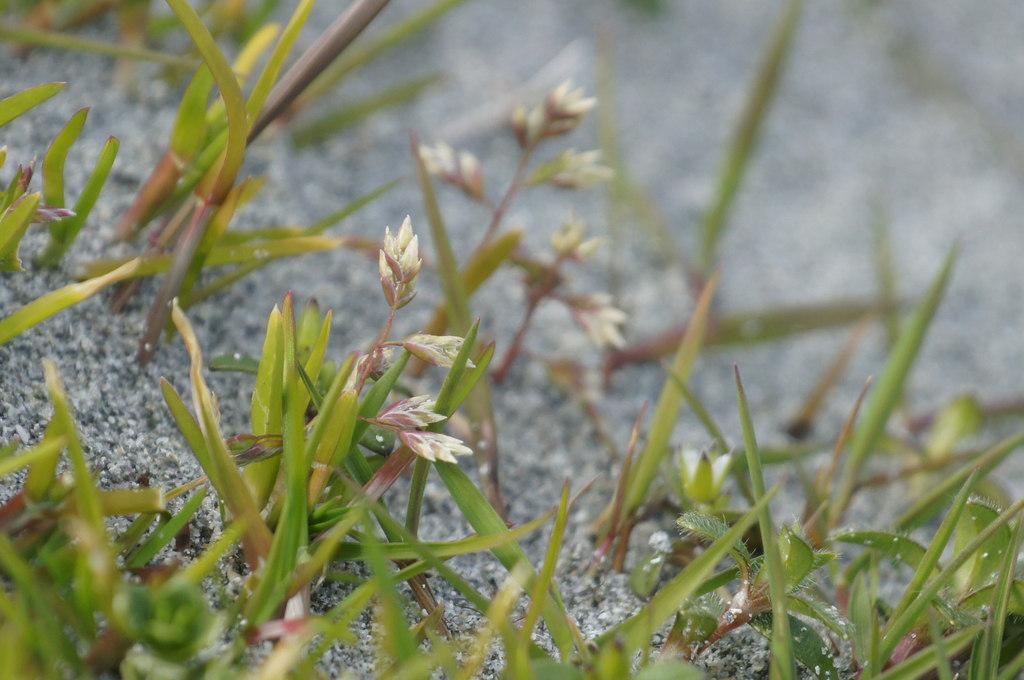
Annual meadow grass is one of the most common grasses on the planet. It grows through the Northern Hemisphere, including at the southern tip of South America and from mountain tops to coastal regions.
It can grow in the crevices of sidewalks and roof gutters and can even be an issue with newly laid turf. Although annual meadow grass sprouts all year round, the peak emergence season is from April to September.
| Common Name | Annual Meadow Grass |
| Botanical Name | Poa annua |
| Hardiness Zones | 4 to 8 |
| Ideal Mowing Height | 0.5 cm or lower |
| Mature Size | 35 to 30 cm |
| Native Areas | Temperate areas of Eurasia |
| Plant Type | Annual, sometimes biennial, and occasionally perennial |
| Shade Tolerance | Moderate to High |
| Soil pH | 5.5 to 7.5 |
| Soil Type | Fertile, heavily disturbed soils |
| Water Requirements | Moderate |
Colonial Bentgrass
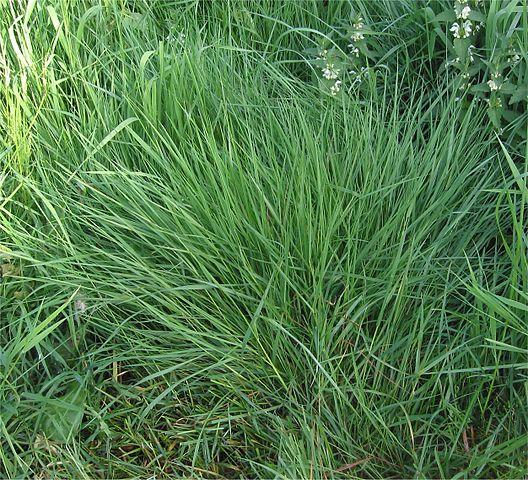
Colonial Bentgrass is a cool-season grass that grows well in coastal climates. It is extensively used for general lawn areas in coastal regions of northern California. It thrives in cooler, more humid climates and can withstand light shade.
As its name implies, colonial Bentgrass was started during the colonial era. It is now carefully groomed to provide a smooth textured turf frequently used in bowling and golf courses.
| Common Name | Colonial Bentgrass |
| Botanical Name | Agrostis capillaris |
| Hardiness Zones | 5 to 6 |
| Ideal Mowing Height | between 0.38 and 1 inch |
| Mature Size | Up to 24 inches |
| Native Areas | Temperate and cool parts of the world |
| Plant Type | Cool Season Perennial |
| Shade Tolerance | Moderate |
| Soil pH | 5.5 to 6.5 |
| Soil Type | Poorly drained, fine to medium textured soils |
| Water Requirements | 2 to 3 inches per week |
Rough Meadow Grass
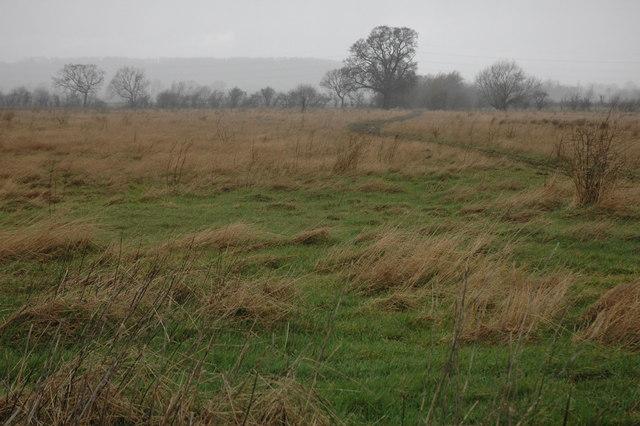
This grass prefers heavier or wetter soils that have been compacted, which is pretty widespread. It is particularly aggressive and tends to germinate in the fall close to the ground’s surface.
Rough meadow grass is found naturally in open woodland areas, marshes, ditches, wet grassland, uneven ground, and cultivated ground.
| Common Name | Rough Meadow Grass |
| Botanical Name | Poa trivialis |
| Hardiness Zones | 4 to 9 |
| Ideal Mowing Height | 0.5 to 1 cm |
| Mature Size | 30 to 100 cm |
| Native Areas | United Kingdom |
| Plant Type | Cool-season annual or perennial |
| Shade Tolerance | High |
| Soil pH | About 5 |
| Soil Type | Clay, loam, chalk, and occasionally sandy |
| Water Requirements | Moderate |
Frequently Asked Questions (FAQs)
Do grasses grow in winter?
It is dependent on the region in which you live. When the temperature falls below 40 degrees Fahrenheit, most grasses go into a dormant state and do not grow very much, if at all.
What grass grows in winter?
Although many types of grass thrive in the winter, annual and perennial Ryegrass are the most popular. Both varieties can thrive in conditions of sun or shade.
Annual Ryegrass, often known as Italian Ryegrass, is less expensive and rapidly dies off in the late spring.
Do ornamental grass live through winter?
Most ornamental grasses produce tall seed heads late in the summer that naturally survives through the winter. However, the plant will wither away as soon as the temperatures fall, leaving behind dry seed heads, stalks, and foliage.
Therefore, you should trim the grass before the following growing season so it will grow more vigorously and healthily.
How do I grow grass in winter?
Grass seeds can survive the winter, and this winter seeding is known as dormant seeding. If grass seed is sown in November or December, it will remain dormant until the earth warms up in the spring.
Winter seeding, despite the risks, can also be beneficial and save you time when it comes to springtime seeding.
Sources For Further Reading
Overseeding Winter Grasses into Bermudagrass Turf – The University of Arizona Cooperative Extension Service
Overseeding Florida Lawns for Winter Color – University of Florida Extension Service







